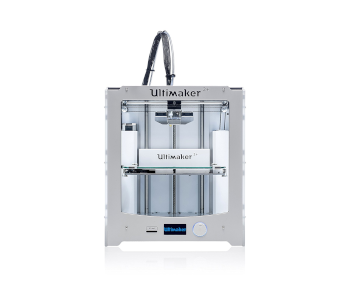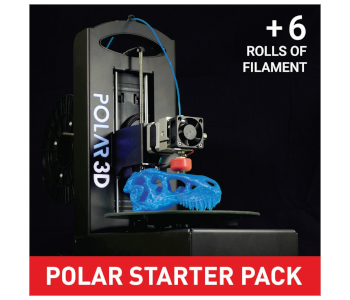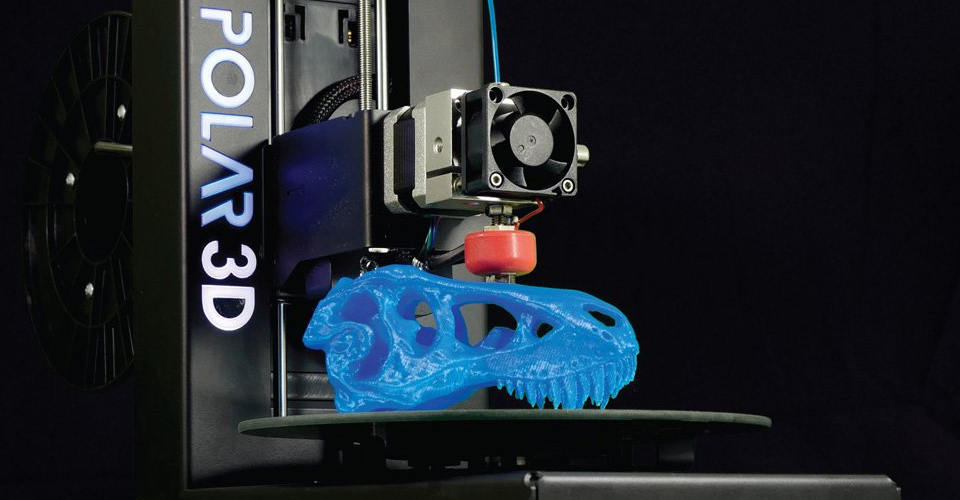What are Polar 3D Printers and Best Models to Consider
Polar 3D printers fall under Fused Filament Fabrication (FFF) 3D printing. Like the more established Cartesian and delta 3D printers, they also use thermoplastic material. But unlike those other FFF 3D printers, they have a rotating circular print bed or build platform and use a polar coordinate system instead of a Cartesian coordinate system. In a polar coordinate system, the points are determined using the distance and angle from a defined central point.
Unfortunately, polar 3D printers are still in the early stages and are not yet as reliable as both Cartesian and delta 3D printers, with some people calling them more of a novelty than a legit 3D printing solution in their current state. They are not recommended for enthusiasts, professionals, and business owners who are looking for a reliable 3D printer for regular use.
You can check out polar 3D printers if you are looking for something new and want to try a different form of filament-based 3D printing. But unlike with Cartesian 3D printers, there aren’t many desktop polar 3D printers currently out on the market. Moreover, the after-market support for such 3D printers is very limited, not to mention the community is smaller than that of desktop resin or SLA 3D printers, which means there aren’t many people that you can turn to for help.
Polar 3D Printer Design

A polar 3D printer looks very different from Cartesian and delta 3D printers, with its rotating circular build plate being the most notable contrast in design. The frame is L-shaped, with the filament spool feeding the extruder from the back similar to most 3D printers with a Cartesian XY (the print head moves in the X and Y axes) mechanical arrangement – like the Ultimaker 2. Unlike a regular Prusa-based 3D printer, there is no large gantry where the print head moves along the X-axis. Instead, the print head is attached to an extended arm on the upright, parallel to the build platform, and moves up and down.
In addition to its rotating motion, the circular print bed also moves forward and backward (which is going to be a red flag for people who believe that a print bed constantly moving forward and backward is a terrible idea). In other polar 3D printer designs, the print head is the one the moves forward and backward, with the print bed simply rotating in a stationary position.
A polar 3D printer takes up less space than a regular Cartesian 3D printer, although there are also small-form Cartesian 3D printers like the Monoprice Select Mini v2 and the M3D Micro. But despite its relatively small footprint, it allows for large prints, which is one of its advantages. With its rotating print bed, a polar 3D printer is especially great for circular designs – like a round plant vase and a traffic cone.
Although a polar 3D printer certainly looks cool in action due to its rotating print bed and appears less complicated due to having fewer components, its reliability is still unproven. There isn’t much evidence concerning its print quality and print speed compared to Cartesian and delta 3D printers.
The “Polar3D” 3D Printer

If you are interested in polar 3D printers, you can check out the Polar3D 3D printer – but you’ll be hard-pressed to find it at online stores today, either as brand-new or used. Introduced in 2015 and originally sold for around $800, the Polar3D is intended for school use, featuring a web-based user interface where you can easily manage and monitor your prints.
The Polar3D is basically what’s described in the previous section regarding the physical appearance of polar 3D printers. It has a non-enclosed, L-shaped metal frame with a print head that moves up and down and a rotating print bed that also moves forward and backward. The print head houses a single extruder, with the filament coming from a back-mounted spool holder. The print bed is made of glass and is non-heated, which makes it safer to use in a classroom.
While the Polar3D accepts third-party materials – which is always a good thing when it comes to 3D printing, regardless of the technology used – it’s limited to PLA, the most basic material in 3D printing. That is not much of a big deal for school use, but if you are an enthusiast who likes to experiment with more advanced and exotic materials, you’ll find the Polar3D’s limited material compatibility disappointing.
Featuring a build volume that is 8 inches in diameter and roughly 6 inches in height, the Polar3D allows for larger prints than Cartesian 3D printers with a similar machine footprint. It has a built-in camera if you want to monitor your prints or make time-lapse videos, but the camera is in the print head, which is an unusual location for an integrated camera.
As mentioned in the intro, there isn’t much after-market and community support for polar 3D printers, and that’s not going to change anytime soon. If you do manage to get your hands on the Polar3D, you shouldn’t expect the same level of support that owners of Cartesian and delta 3D printers get access to. If you are completely new to 3D printing, we don’t recommend getting the Polar3D; you are better off spending your $800 on a good Cartesian 3D printer – like the Original Prusa i3 MK2S (the DIY kit) and the Creality CR-10S, both of which offer better value for the money.
Final Word
While polar 3D printers look cool and interesting, they are still far from being a practical 3D printing solution, especially on the professional or industrial level. Cartesian and delta 3D printers are more developed and more reliable right now, especially the former. You can check out polar 3D printers if you are curious about their unique setup or are looking to tinker with a different kind of 3D printer. But if you are looking for your starter 3D printer or simply want a reliable machine that can get the job done, it’s best to look into the more established forms of FFF 3D printing.





